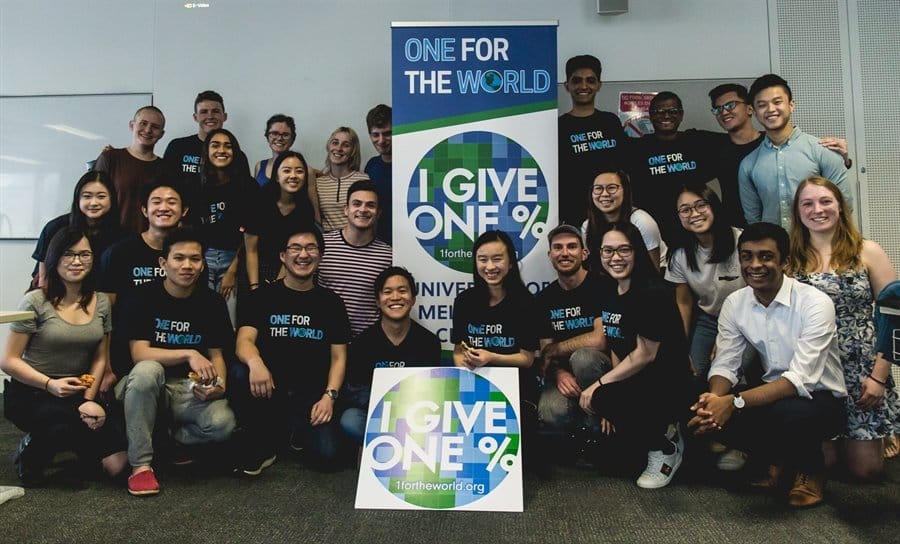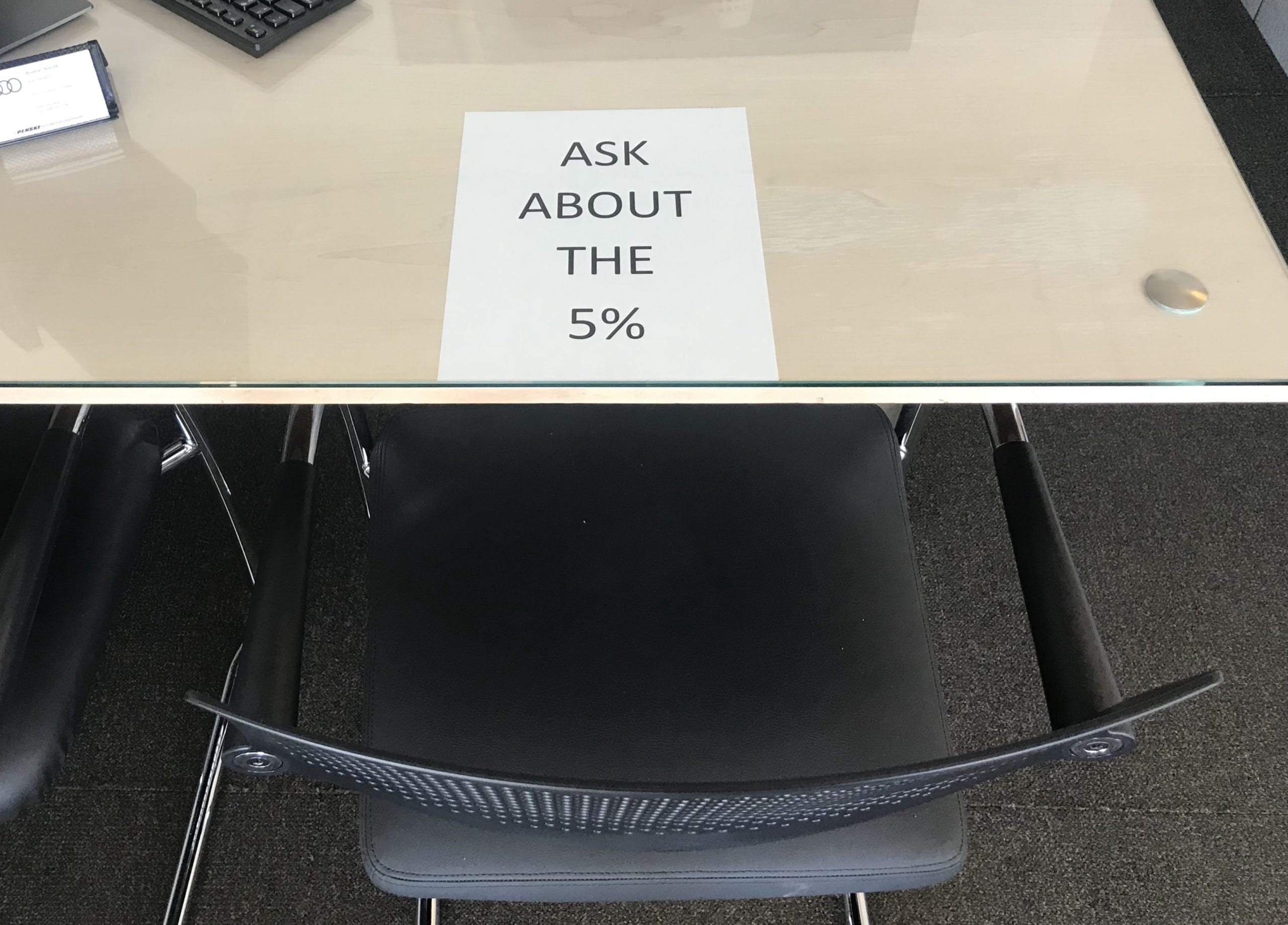You are the 1 percent. Don’t believe me? Check for yourself at globalrichlist.com, a website with an enticing tagline: “Didn’t make it onto the yearly roll call of the mega-wealthy? Now’s your chance to find out where you actually sit in comparison to the rest of the world.” The site lets you input your location[1] and annual income and then tells you in what percentile of the global income distribution you are. I urge you to check it out immediately.
Are you back? You were probably surprised by the results. It turns out that if you’re over 25 and living in the US, you’re more likely than not to be in the global 1 percent.[2] We are not used to facing this fact, because our perceptions of wealth are so skewed by the media’s over-exposure of the very richest individuals of our already very rich societies. But in a globalized world, why compare yourself only to those within your borders? When your money can be wired to Ghana or Kenya in an instant, what is the point of comparing yourself only to Americans or Britons? It just makes a lot more sense to look at global wealth distributions.
I personally use globalrichlist.com every once in a while, just to remind myself of the staggering odds against which I won the lottery of birth. Knowing that you are in the global 1 percent (or even 5 percent) can also be useful to defeat the tempting fallacy that philanthropy is something for people much richer than you. If you’re wealthy enough to save lives without suffering a remotely comparable harm, you should just do it, regardless of how many Bill Gateses there are out there.
Giving What We Can, an organization whose members pledge to donate 10 percent of their income to effective anti-poverty charities, has now developed with an even better calculator. (You may get slightly different percentile results.)[3] In addition to telling you how much 10 percent would buy in terms of deworming pills or bednets, it shows you what percentile you would be in after donating a certain portion of your income. As a single American making $50,000 a year, you would still be in the top 2 percent if you donated 50 percent of your income. Giving 10 percent doesn’t sound so bad now, does it?
[2] The 2005 US Census puts the median wage for individuals over 25 at $32,140, which puts you in the top 1.02 percent according to Global Rich List.
[3] globalrichlist.com reportedly uses “world bank data and other credible sources”, but I have found little more detail. Giving What We Can compiled several sources that they detail on their website. I don’t know if it has been appropriately adjusted for inflation. I’m well aware this data should be treated with caution: it’s probably not accurate down to the individual dollar or bednet. But as you can see my point is about the orders of magnitude involved.



